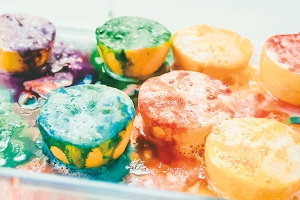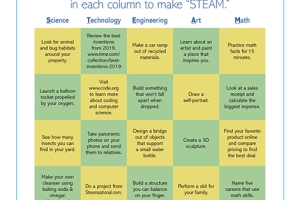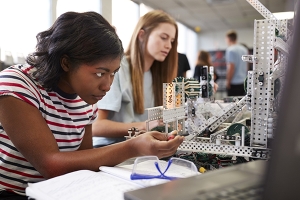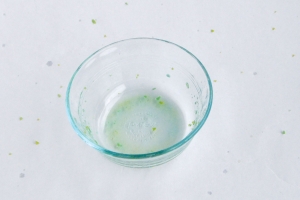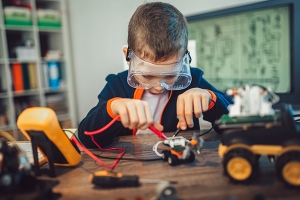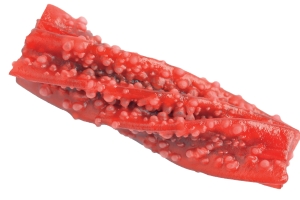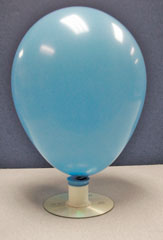
The first modern hovercraft was invented in the 1950s by Sir Christopher Cockerell. After testing his ideas using an empty cat food can, a coffee can and an air blower, he built a working model out of balsa wood. Today, most hovercraft are powered by large fans. These fans force air under the craft, where it is trapped by a skirt made of rubber or fabric. Additional fans blow air out of the back of the hovercraft, causing it to move forward. Because hovercraft can float on a pocket of air, they are able to travel over many different surfaces, including water, snow and sand.
Since August is National Inventors Month, it is the perfect time to take a closer look at these crazy contraptions. Put on your thinking cap and follow the directions below to see if you can improve on the basic hovercraft design.
Materials:
CD
Large balloon
Empty thread spool
Hot glue gun
Caution: Adult supervision is required for this activity.
To Do:
1.) Use the hot glue gun to glue the spool to the center of the CD. Be sure the hole in the bottom of the spool lines up with the hole in the CD.
2.) Let the glue dry for several minutes.
3.) Inflate the balloon and twist the neck so that no air escapes.
4.) Without untwisting the balloon, carefully stretch the open end over the top of the spool.
5.) Set your hovercraft on a clean, smooth surface, such as a kitchen table.
6.) Untwist the balloon and give your CD a slight flick with your finger. Watch your hovercraft glide across the table!
Now Try This:
Can you design a hovercraft that hovers longer or travels farther? Try using different sizes of balloons. Do some balloons work better than others? Build another hovercraft using a small plastic plate or a thin piece of cardboard in place of the CD. Which hovercraft works the best?
What’s Going On?
If you try to push your hovercraft across the table when the balloon is deflated, you will notice that it does not travel very far. The CD and the table rub against one another, creating friction. This friction causes the craft to slow down and stop. When you inflate the balloon and let it go, the air flows out of the balloon and goes under the CD. This layer of air reduces the friction because it keeps the CD from rubbing against the table. When there is less friction, your hovercraft travels faster and farther.
-----------------------
Debbie De Roma is the education manager at the Reuben H. Fleet Science Center.

